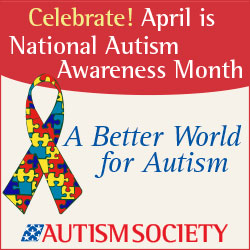
Fred Rogers, Extraordinary Friends, written in 2000.
“You are special.” That’s the comforting message from Mister Rogers. And by “special,” Fred Rogers does not mean empty praise merely to inflate egos. Each of us is unique in his or her special way. With this, it is apt that Mister Rogers would introduce readers to other children who are different from them, in that they have a disability. With his characteristic empathy, understanding, and honesty, he acknowledges that these people who look or act different can make on feel uneasy. Yet, after taking the time to get to know these people, they are also much like them: they have hobbies, favorite foods, and like to be with others. In that way, Mister Rogers neither puts these extraordinary friends on a pedestal (what many in the self-advocacy community refer to as “disability porn”), nor presents them as objects of pity. Before he starts his narrative, Rogers introduces us to six children. Three have disabilities (though he does not reveal what kind), and three do not. With each of the six children, Mister Rogers simply explains what they like to do and their favorite food. Throughout, Mister Rogers gives tips on etiquette, to ensure both parties are comfortable. In acknowledging differences as well as what we share in common, we are simply being real friends.
Although the book’s positive message merits five stars, the writing is better suited to having an adult read the book aloud to the child. The message, however, is very much geared to the child, told in Fred Rogers’s own wonderful way.
It is worth recalling that Fred Rogers’s affinity for children very much extended to those with disabilities. Quite a few of these children were guests on his show. These children never forget the kindness of Mister Rogers! One of the most beautiful moments was a very special reunion when he was inducted into the hall of fame. No more needs to be said about Fred Rogers and the reason so many people continue to adore this special man.






